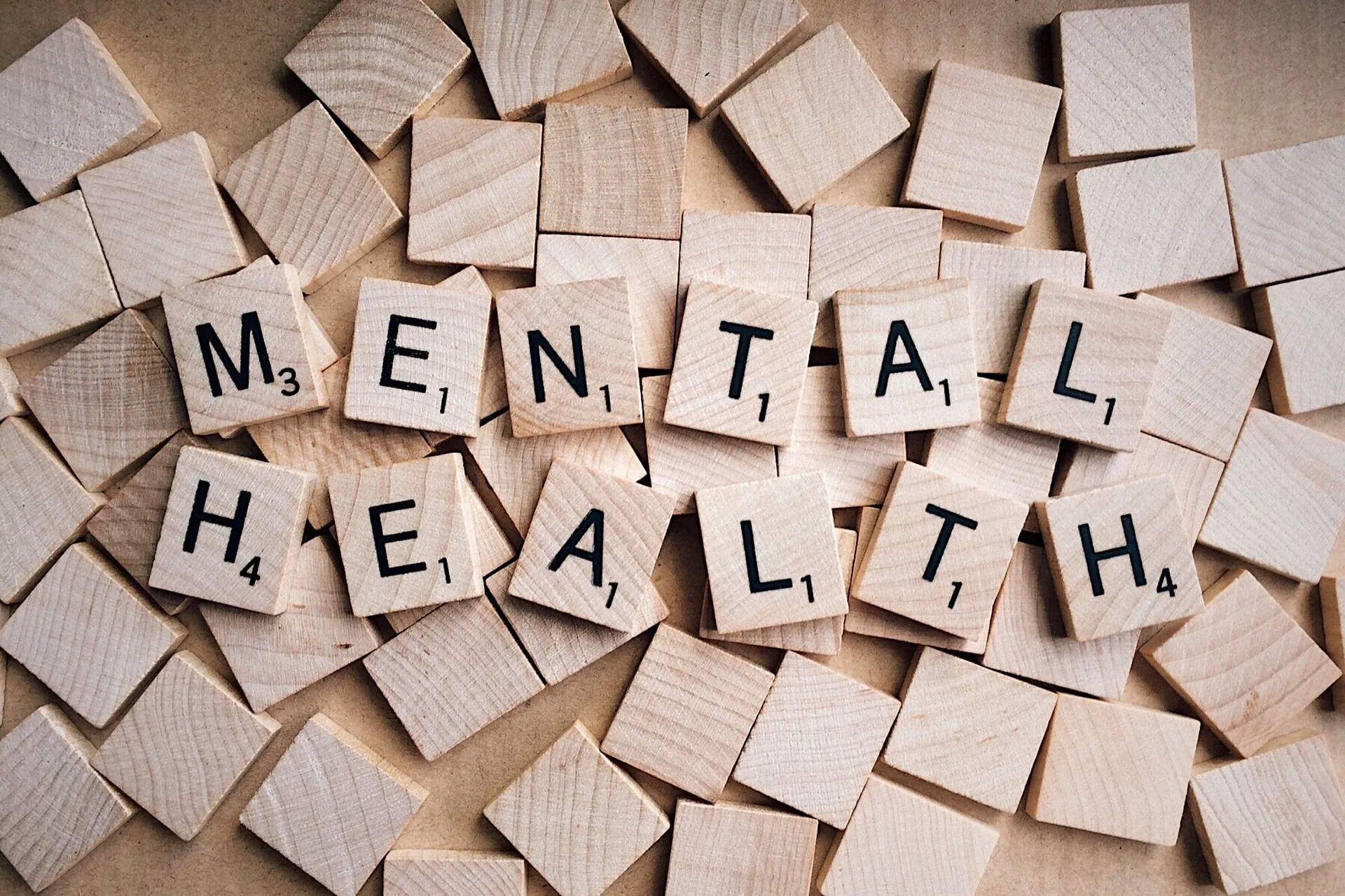Cognitive learning and dedication for the Mental Health course
Considering the current pressing challenges and the generally very high load of contemporary educational environments, students’ psychological well-being can be stated as one of the key concerns.
Normally adapted students have good mental health since they can be able to cope with academic, social and emotional challenges. In reference to student mental health and its impact on education attempts should be made to identify and treat such conditions.
The Effects of stress and anxiety on learners
Students experience stressful and anxious conditions and situations that in turn have an ability to influence the performance of students and may even affect their life expectancy. when stress is high their productivity decreases due to burnout, poor concentration and general poor performance.
Long term anxiety can interfere with interpersonal communications and can lead to loneliness. To make learning atmosphere favorable simplification of the impacts of stress and anxiety is very important.
Understanding Indications of Mental Illness
This way when educators and staff notice the symptoms of mental health, students experiencing such conditions can easily receive help. The signs may include changes in behavior, temper tantrums, withdrawal from friends or a general drop in school performance. If these signs are identified early enough, much can be done to change the student’s situation for the better.
Impact on Studies and Social Relations
Lack of treatment leads to deterioration of the performance as well as social competence of the affected individual. There are possible challenges such as distractions, failure in accomplishing set tasks, or even unable to contribute to what is being taught in class. Further, mental health issues can affect one’s ability to foster good relationships which affect social inclusion.
Enhancing Mental Health of Children in School
A nurturing learning environment is critical in a school, and therefore schools are charge of the mental health of students. When mental health is included in the curriculum and when stakeholders in education promote mental health the students are empowered to deal with problems, acquire methods for handling them and learn ways of taking care of their mental health.
Some of the objectives included: Educating learners on mental health We purposefully taught learners on the specific area of mental health.
Incorporation of mental health lessons within classrooms is also effective in a way that it educates learners, fight stigma and prepares the learners how to handle their mental health. Issues like stress, assertiveness and interpersonal relationship may be easily incorporated in different areas of study in order to achieve a holistic approach.
Building a Support System for a Student
One of the key issues, which must be taken into account while addressing mental health at school is the need of creating environment in the classroom and at school in general, which support the students.
This includes embracing an organisational culture that supports the embrace of feelings, messages as well as the intent behind them. They can utilize the different school-wide programs, Counseling services, peer support programs in order to assist them to meet their mental health needs.
Being able to address the need for mental health to be incorporated in the education sphere, identifying the effects of stress and anxiety and encouraging positive mental health at school means changing the education environment to not only help the student prepare for the future but also prepare him or her for life. Therefore, let’s stand also for mental health and give students tools to succeed academically as well as personally.
I would developed a paradigm to describe the role of educators in supporting student’s mental health.
You surely will agree that as educators, you have the responsibilities of helping the students with mental health issues. This indicates that by catering for their emotional needs, you should be able to enable the learners make significant progress within your class. Here are some key areas where educators can contribute:
Identifying At-Risk Students
This is important as part of student affairs because it is important to know whether a student is uncomfortable or going through a stressful time, whether because of academic pressure, or a mental health problem. With knowledge of what these markers look like, such as behavioral changes, altered grades or social interaction, you can then recognize students who might be at risk and then give them the support that they need.
Promoting Effective and Freewheeling Discussion of Illness
It also important to ensure that the students are allowed to express themselves freely with regard to their mental status. Discuss with them what they feel, what pressures they may be under and any difficulties they might be going through. The approach will aim at confirming their experiences and giving helpful information so as to eliminate stigma.
Double Duty for Mothers; Fathers; Teachers; and Counselors
In ensuring that an Omni approach to addressing mental health in school going kids is achieved, parent, teachers, and counselors need to work hand in hand. In this manner, you can discuss what goes on in class, things that may be noticed or even things, which might be of concern with regard to the students’ welfare so that students in class are provided equal attention. Collaboration and communication of / with other professionals could improve the effectiveness of programs as well as services.
Parent Instructor Relations Lecture
Today, parents and teachers hold equally important roles in the lives of kids and it thus becomes quite important for them to communicate effectively with each other.
It is thus important that parents should always be kept informed of the situation in the schools with regard to students’ mental health. When the parents are involved you can regularly update them on your child’s progress so that you can together come up with measures and treatment plans for the student.
The case for Personal Education Plans (PEP) for Students
Admittedly, it is important to find individual approaches to each student since students differ from each other. Given these considerations , it is possible to understand specific difficulties , assets and goals of every child from the group, which will help to develop fair and successful interventions and accommodations.
Its important closely coordinate with counselors and other professionals to work together and with parents and teachers to implement integrated multifacteted biphasic plans embracing academic and mental health strategies.
In this light, adopting all these roles and carrying out efficient practices help educators to foster mental health wellbeing of the students successfully. Forget they are more than the sum of their academic abilities; your care for them helps them grow into the best persons they can be.
Strategies for managing stress and growing resilience A REVIEW OF SOME KEY SUCCESS FACTORS
In a rather stressing and highly academic centered daily environment, it is impossible for students not to learn proper ways of handling stressing situations. For this reason, the mentioned objectives are successfully achieved by students and they acquire necessary skills in order to avoid challenges in their further life if any.
Increasing Education On Mindfulness As Well As Practical Methods Of Stress Reduction
Both awareness and breathing should serve as practices that, would help learners attain focus in the environment that is characterized by stress in the learning process. Counseling activities such as counting to 10 before fireworks of anger, or progressive muscle relaxation or breathing exercises, or guided imagery or creative visualization to help clientele manage tension and increase concentration in their work, service or study. The following practices can enable the students to have some sort of silence hence promoting there health.
In the process of teaching about emotional intelligence, having the students taught on compassion is also included
Hence, EI serves as the substantial factor in terms of general students’ academic performance and emotion regulation while interacting with other persons. Thus ensuring that some of the regular undertakings and class dialogue directs the awareness of own feelings and others and conflict solutiön skills towards efficiency by students. Help the student to talk and listen effectively, and learn good ways of coping with the stresses so that the student deals with the feelings in an acceptable manner.
Accordingly, the indicated strategies can contribute to making the noted actions serve as useful knowledge, which educators might provide students with in order to tackle stress as well as cultivate the areas of mental health. All together, we work at creating a supporting learning environment that will not only enable student to achieve success in school, but in life as well.
Conclusion
Hence, MH and EE protection is a significant component of fostering health promoting learning environments for students. Thus, it is possible to help students build valuable tools and skills by imbuing students practice with mindfulness, emotions identification, and social and emotional learning – to deal with issues at school and in life.
Although we maintain the practice in those approaches, students develop and apply important competencies in such life skills as may be empathetic ability and interpersonal skills. Therefore, we erect the block to their success in the academic both as individuals and also in other spheres of life by considering their emotional requirements.
The need to create a climate that fosters wellness for students is now rallying cries for student development to complement the search for individual talent and foster connections. Such a way we are promoting a better tomorrow for students as well as society based on the focus on their mental health.




